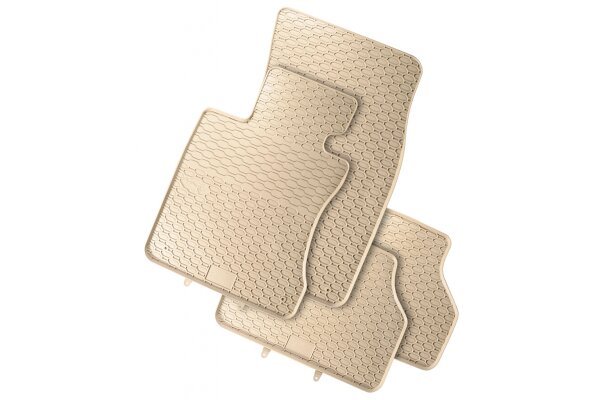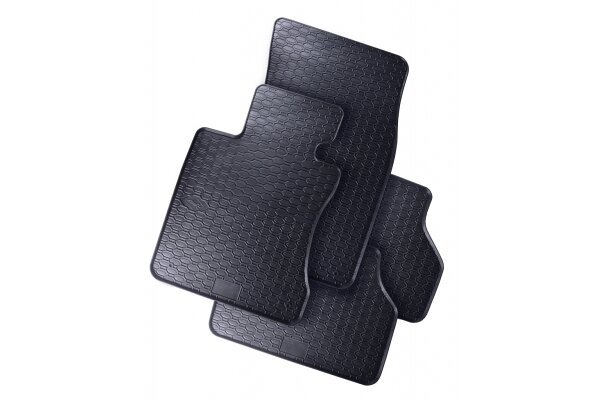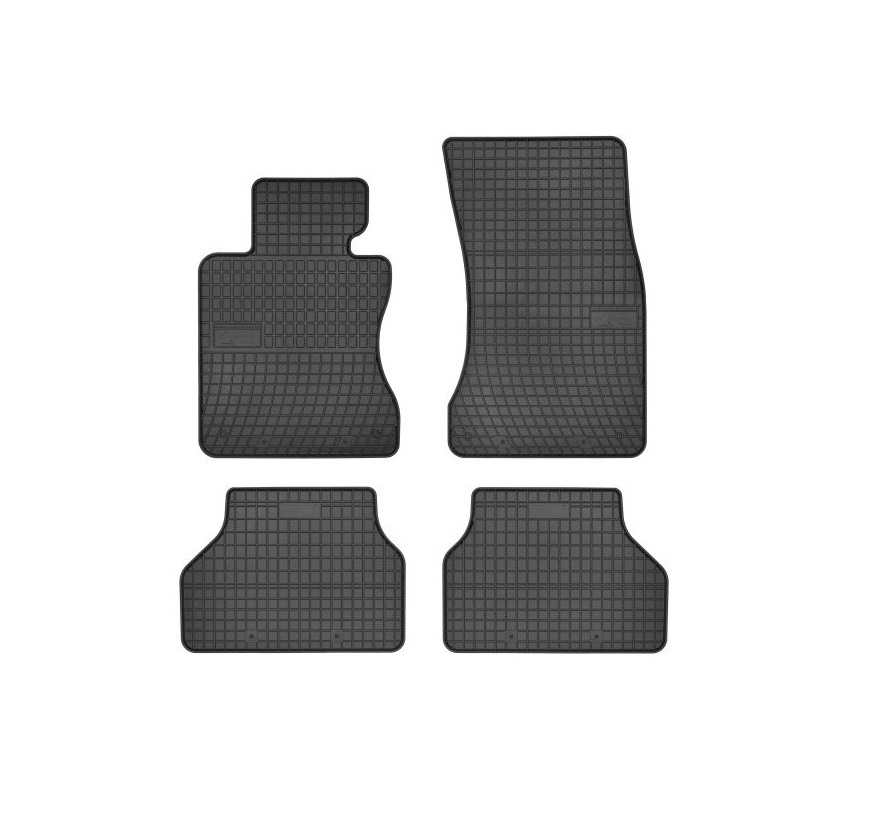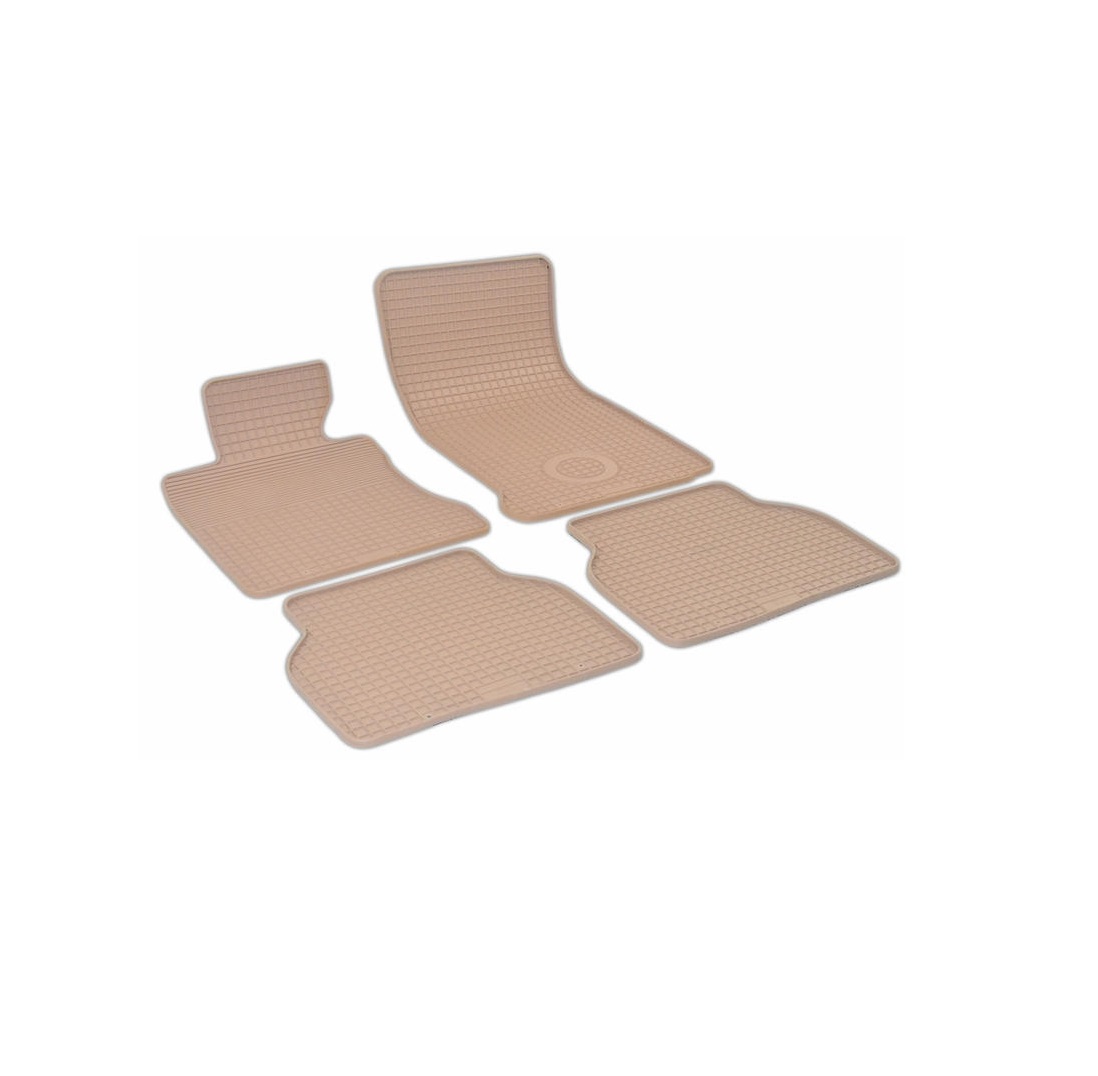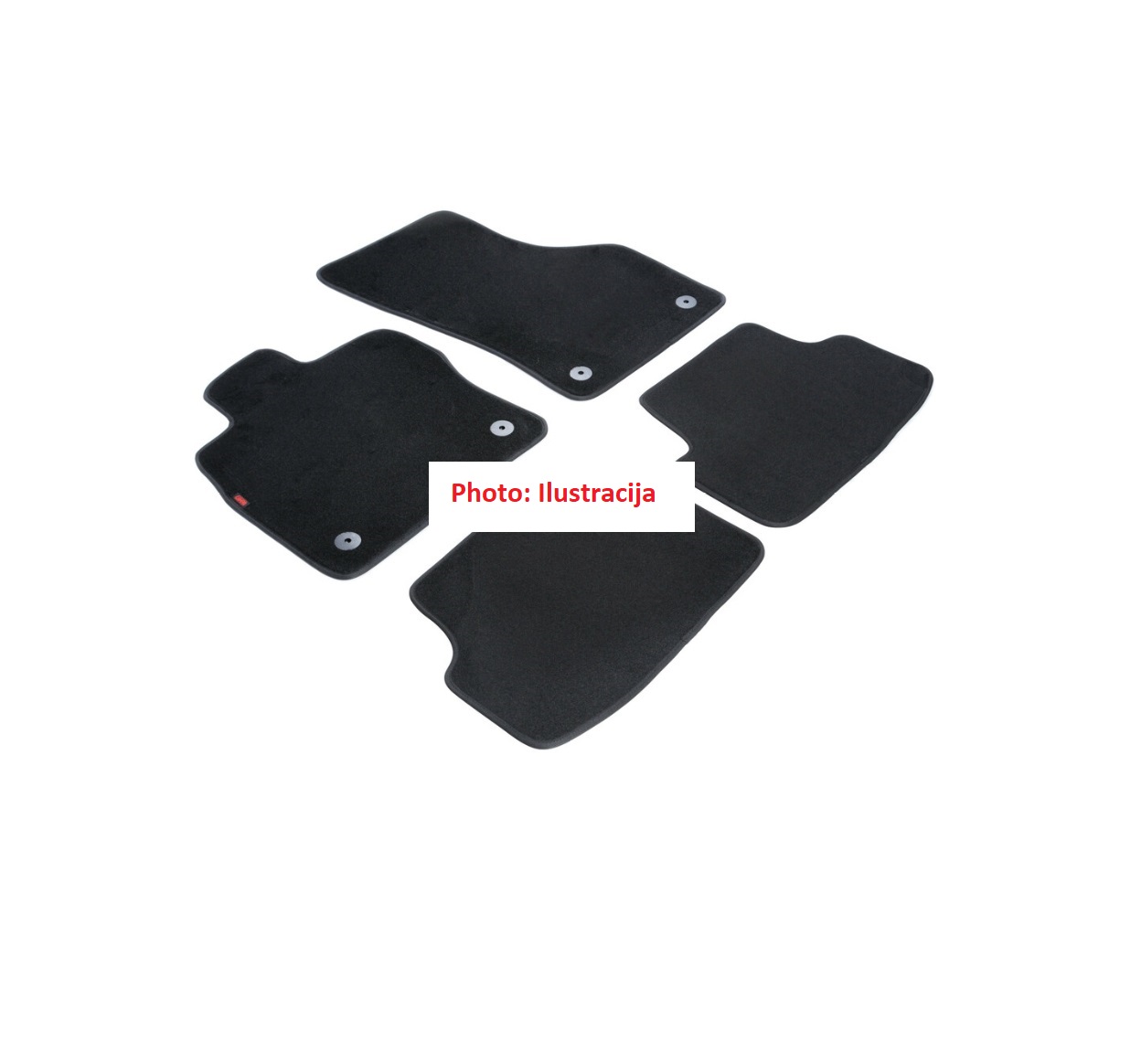
Naručivanje Custom auto-tepisi za bmw e36 e39 e46 e60 e90 f10 f15 f16 f30 x1 x3 x4 x5 x6 1/2/3/4/5/6/7 auto-pribora za polaganje otirači za noge \ Dodatna Oprema Za Interijer >

Naručivanje Običaj vodootporan čvrste нескользящие tepisi gumeni auto-tepisi za bmw e39 e46 e60 e90 e91 e92 3seires 5 serija / Dodatna Oprema Za Interijer - Izvornik-Predmeta.cyou

Po Mjeri Auto-tepisi Za Bmw Serije 5 M5 E39 E60 E61 F10 F11 F07 G30 G31 6 Series E63 E64 F06 F12 F13 3d Carpet Rugs Liner ~ Dodatna Oprema Za Interijer -

Po Mjeri Auto-tepisi Za Bmw Serije 5 M5 E39 E60 E61 F10 F11 F07 G30 G31 6 Series E63 E64 F06 F12 F13 3d Carpet Rugs Liner ~ Dodatna Oprema Za Interijer -

Auto-tepisi za bmw f10 e36 e39 e30 x3 e83 e90 e60 x5 e53 f30 e34 x5 e70 f15 g30 e91 touring x6 e71 e46 f3 tepiha pribor | Dodatna oprema za Interijer \

Kupiti Custom fit auto tepisi za BMW serije 5 E39 E60 E61 F10 F11 F07 GT 520i 525i 528i 530i 535i a 530d 3D tepih umetke < Dodatna Oprema Za Interijer ~ SalesBrand.news

Custom auto-tepisi za BMW e30 e34 e36 e39 e46 e60 e90 f10 f30 x1 x3 x4 x5 x6 1/2/3/4/5/6/7 stil auto oprema \ Dodatna Oprema Za Interijer - Stock-Money.news

ZHAOYANHUA "auto-tepisi za BMW F10 F11 F15 F16 F20 F25 F30 F34 E60 E70 E90 1 3 4 5 7 Series GT X1 X3 X4 X5 X6 Z4 5D tepih kupi online >

2004-2017 custom fit auto tepisi za BMW serije 5 E60 i E61 Ф10 Ф11 520i 525i 528i 530i 535i 540i 545i 550i auto tepisi tepisi naručivanje - Interijer Pribor \ PopustNovac.news

Na rasprodaji! 2004-2017 custom fit auto tepisi za BMW serije 5 E60 i E61 Ф10 Ф11 520i 525i 528i 530i 535i 540i 5 - Interijer Pribor \ OriginalBout.news

Popust Auto-tepisi za BMW serije 5 E39 E60 E61 F10 F11 F07 GT 520i 525i 528i 530i 535i a 530d 5D tepih cijevi(1996-do sada) Cam bmw f07 gt | Dodatna oprema za

Custom auto-tepisi za BMW F10 F11 F15 F16 F20 F25 F30 F34 E60 E70 E90 1 3 4 5 7 Series GT X1 X3 X4 X5 X6 Z4 3D car-styling popust

Auto-tepisi za BMW F10 F11 F15 F16 F20 F25 F30 F34 E60 E70 E90 1 3 4 5 7 Series GT X1 X3 X4 X5 X6 Z4 hot car-styling carpet Na rasprodaji!





